If Jesus Were Born Today, Would He Survive The American Police State?
Authored by John & Nisha Whitehead via The Rurtherford Institute,
“When the song of the angels is stilled, when the star in the sky is gone, when the kings and princes are home, when the shepherds are back with their flocks, the work of Christmas begins: to find the lost, to heal the broken, to feed the hungry, to release the prisoner, to rebuild the nations, to bring peace among the people, to make music in the heart.”—Howard Thurman, theologian and civil rights activist
Every Christmas, Christians celebrate the birth of a child born into oppression—an occupied land, a climate of political fear, and a government quick to crush anything that threatened its authority.

Two thousand years later, the parallels are unmistakable.
If Jesus were born in modern America, under a government obsessed with surveillance, crackdowns on undocumented immigrants, religious nationalism, and absolute obedience to a head-of-state rather than the rule of law, would he survive long enough to preach about love, forgiveness and salvation? Would his message of peace, mercy, and resistance to empire be branded as extremism?
As familiar as the Christmas story of the baby born in a manger might be, it is also a cautionary tale for our age.
The Roman Empire, a police state in its own right, had ordered that a census be conducted. Joseph and his pregnant wife Mary traveled to the little town of Bethlehem so that they could be counted. There being no room for the couple at any of the inns, they stayed in a stable (a barn), where Mary gave birth to a baby boy, Jesus. Warned that the government planned to kill the baby, Jesus’ family fled with him to Egypt until it was safe to return to their native land.
Yet what if Jesus had been born 2,000 years later?
What if, instead of being born into the Roman police state, Jesus had been born at this moment in time? What kind of reception would Jesus and his family be given? Would we recognize the Christ child’s humanity, let alone his divinity? Would we treat him any differently than he was treated by the Roman Empire? If his family were forced to flee violence in their native country and sought refuge and asylum within our borders, what sanctuary would we offer them?
A singular number of churches across the country have asked those very questions in recent years, and their conclusions were depicted with unnerving accuracy by nativity scenes in which Jesus and his family are separated, segregated and caged in individual chain-link pens, topped by barbed wire fencing.
Those nativity scenes were a pointed attempt to remind the modern world that the narrative about the birth of Jesus is one that speaks on multiple fronts to a world that has allowed the life, teachings and crucifixion of Jesus to be drowned out by partisan politics, secularism, materialism and war, all driven by a manipulative shadow government called the Deep State.
The modern-day church has largely shied away from applying Jesus’ teachings to modern problems such as war, poverty, immigration, etc., but thankfully there have been individuals throughout history who ask themselves and the world: what would Jesus do?
What would Jesus—the baby born in Bethlehem who grew into an itinerant preacher and revolutionary activist, who not only died challenging the police state of his day (namely, the Roman Empire) but spent his adult life speaking truth to power, challenging the status quo of his day, and pushing back against the abuses of the Roman Empire—do about the injustices of our modern age?
Dietrich Bonhoeffer asked himself what Jesus would have done about the horrors perpetrated by Hitler and his assassins. The answer: Bonhoeffer was executed by Hitler for attempting to undermine the tyranny at the heart of Nazi Germany.
Aleksandr Solzhenitsyn asked himself what Jesus would have done about the soul-destroying gulags and labor camps of the Soviet Union. The answer: Solzhenitsyn found his voice and used it to speak out about government oppression and brutality.
Martin Luther King Jr. asked himself what Jesus would have done about America’s warmongering. The answer: declaring “my conscience leaves me no other choice,” King risked widespread condemnation as well as his life when he publicly opposed the Vietnam War on moral and economic grounds.
Their lives make clear that the question “What would Jesus do?” is never abstract. It is always political, always dangerous, and always costly.
Even now, there remains a disconnect in the modern church between the teachings of Christ and the suffering of what Jesus in Matthew 25 refers to as the “least of these.”
Yet this is not a theological gray area: Jesus was unequivocal about his views on many things, not the least of which was charity, compassion, war, tyranny and love.
After all, Jesus—the revered preacher, teacher, radical and prophet—was born into a police state not unlike the growing menace of the American police state.
Jesus was not born into comfort or security. He was born poor, without shelter, in an occupied land ruled by force and fear, under the watchful eye of a government obsessed with control, compliance, and the elimination of perceived threats. His parents were politically powerless. His birthplace was makeshift. His earliest days were shaped by fear of state violence.
Herod’s response to the news of the Messiah’s birth was not humility or reflection, but paranoia. Threatened by the mere possibility of a rival authority, Herod turned to brute force. The lesson is timeless: this is how tyranny operates. Unchecked power, when gripped by insecurity, will always seek to eliminate dissent rather than allow its own corruption to be confronted.
Modern governments, including our own, cloaked in the language of security and “law and order,” behave no differently. Any challenge to centralized power is treated as a threat to be neutralized. In such an environment, speaking truth to power is dangerous. Challenging imperial authority invites retaliation.
From the moment of his birth, Jesus represented a threat—not because he wielded violence or political power, but because his life and message exposed the moral bankruptcy of empire and offered an alternative rooted in justice, mercy, and truth.
When Jesus grew up, he had powerful, profound things to say—things that would change how we view people, things that challenged everything empire stood for. “Blessed are the merciful,” “Blessed are the peacemakers,” and “Love your enemies” are just a few examples of his most profound and revolutionary teachings.
When confronted by those in authority, Jesus did not shy away from speaking truth to power. Indeed, his teachings undermined the political and religious establishment of his day. It cost him his life. He was eventually crucified as a warning to others not to challenge the powers-that-be.
Can you imagine what Jesus’ life would have been like if, instead of being born into the Roman police state, he had been born and raised in the American police state?
Consider the following if you will.
Had Jesus been born in the era of the American police state, his parents would not have traveled to Bethlehem for a census. Instead, they would have been entered into a vast web of government databases—flagged, categorized, scored, and assessed by algorithms they could neither see nor challenge. What passes for a census today is no longer a simple headcount, but rather part of a data-harvesting regime that feeds artificial intelligence systems, predictive policing programs, immigration enforcement, and national security watchlists.
Instead of being born in a manger, Jesus might have been born at home. Rather than wise men and shepherds bringing gifts, however, the baby’s parents might have been forced to ward off visits from state social workers intent on prosecuting them for the home birth.
Had Jesus been born in a hospital, his blood and DNA would have been taken without his parents’ knowledge or consent and entered into a government biobank. While most states require newborn screening, a growing number are holding onto that genetic material long-term for research, analysis and purposes yet to be disclosed.
Had Jesus’ parents been undocumented immigrants, they and their newborn child might have been swept up in an early-morning ICE raid, detained without meaningful due process, processed through a profit-driven, private prison, and deported in the dead of night to a detention camp in a third-world country.
From the time he was old enough to attend school, Jesus would have been drilled in lessons of compliance and obedience to government authorities, while learning little—if anything—about his own rights. Had he been daring enough to speak out against injustice while still in school, he might have found himself tasered or beaten by a school resource officer, or at the very least suspended under a school zero tolerance policy that punishes minor infractions as harshly as more serious offenses.
Had Jesus disappeared for a few hours let alone days as a 12-year-old, his parents would have been handcuffed, arrested and jailed for parental negligence. Parents across the country have been arrested for far less “offenses” such as allowing their children to walk to the park unaccompanied and play in their front yard alone.
Rather than disappearing from the history books from his early teenaged years to adulthood, Jesus’ movements and personal data—including his biometrics—would have been documented, tracked, monitored and filed by governmental agencies and corporations such as Google and Microsoft. Incredibly, 95 percent of school districts share their student records with outside companies that are contracted to manage data, which they then use to market products to us.
From the moment Jesus made contact with an “extremist” such as John the Baptist, he would have been flagged for surveillance because of his association with a prominent activist, peaceful or otherwise. Since 9/11, the FBI has actively carried out surveillance and intelligence-gathering operations on a broad range of activist groups, from animal rights groups to poverty relief, anti-war groups and other such “extremist” organizations.
Jesus’ anti-government views would certainly have resulted in him being labeled a domestic extremist. Law enforcement agencies are being trained to recognize signs of anti-government extremism during interactions with potential extremists who share a “belief in the approaching collapse of government and the economy.”
While traveling from community to community, Jesus might have been reported to government officials as “suspicious” under the Department of Homeland Security’s “See Something, Say Something” programs. Many states are providing individuals with phone apps that allow them to take photos of suspicious activity and report them to their state Intelligence Center, where they are reviewed and forwarded to law-enforcement agencies.
Rather than being permitted to live as an itinerant preacher, Jesus might have found himself threatened with arrest for daring to live off the grid or sleeping outside. In fact, the number of cities that have resorted to criminalizing homelessness by enacting bans on camping, sleeping in vehicles, loitering and begging in public has doubled.
Jesus’ teachings—his refusal to pledge allegiance to empire, his warnings about wealth and power, his insistence that obedience to God sometimes requires resistance to unjust authority—would almost certainly be interpreted today as signs of ideological extremism. In an age when dissent is increasingly framed as a threat to public order, Jesus would not need to commit violence to be labeled dangerous. His words alone would suffice.
Viewed by the government as a dissident and a potential threat to its power, Jesus might have had government spies planted among his followers to monitor his activities, report on his movements, and entrap him into breaking the law. Such Judases today—called informants—often receive hefty paychecks from the government for their treachery.
Had Jesus used the internet to spread his radical message of peace and love, he might have found his blog posts infiltrated by government spies attempting to undermine his integrity, discredit him or plant incriminating information online about him. At the very least, he would have had his website hacked and his email monitored.
Had Jesus attempted to feed large crowds of people, he would have been threatened with arrest for violating various ordinances prohibiting the distribution of food without a permit.
Had Jesus spoken publicly about his forty days in the wilderness, his visions, or his confrontations with evil, he might have been labeled mentally ill and subjected to an involuntary psychiatric hold—detained not for what he had done, but for what authorities feared he might do. Increasingly, expressions of distress, spiritual conviction, or nonconformity are pathologized and treated as grounds for confinement, especially when paired with homelessness or poverty.
Without a doubt, had Jesus attempted to overturn tables in a Jewish temple and rage against the materialism of religious institutions, he would have been charged with a hate crime. More than 45 states and the federal government have hate crime laws on the books.
Had anyone reported Jesus to the police as being potentially dangerous, he might have found himself confronted—and killed—by police officers for whom any perceived act of non-compliance (a twitch, a question, a frown) can result in them shooting first and asking questions later.
Rather than having armed guards capture Jesus in a public place, government officials would have ordered that a SWAT team carry out a raid on Jesus and his followers, complete with flash-bang grenades and military equipment. There are upwards of 80,000 such SWAT team raids carried out every year, many on unsuspecting Americans who have no defense against such government invaders, even when such raids are done in error.
Instead of being detained by Roman guards, Jesus might have been made to “disappear” into a secret government detention center where he would have been interrogated, tortured and subjected to all manner of abuses. Chicago police have “disappeared” more than 7,000 people into a secret, off-the-books interrogation warehouse at Homan Square.
Charged with treason and labeled a domestic terrorist, Jesus might have been sentenced to a life-term in a private prison where he would have been forced to provide slave labor for corporations or put to death by way of the electric chair or a lethal mixture of drugs.
Indeed, whether Jesus had been born in his own time or in ours, the outcome would likely be the same. A government that demands obedience over conscience, order over mercy, and power over truth will always view a figure like Jesus as a threat.
The uncomfortable truth is that a nation willing to surveil, detain, and silence Jesus today is a nation far removed from the Gospel it claims to honor.
Christmas, then, is not merely a celebration of the Christ child’s birth. It is a recognition of all that follows it: what happened in that manger on that starry night in Bethlehem is only the beginning of the story. That baby born in a police state grew up to be a man who did not turn away from the evils of his age but rather spoke out against it.
That contradiction forces a reckoning.
The work of peace, justice, and compassion does not begin in the manger and end with a holiday, but demands courage long after the carols fade.
This reality stands in stark contrast to the brand of Christianity increasingly embraced and promoted by the government and its enforcers. A faith fused with nationalism, militarism, and obedience to authority bears little resemblance to the teachings of Christ.
What makes this moment especially dangerous is that this distortion of Christianity is no longer marginal—it is increasingly mainstream.
In too many cases, the modern church has not merely failed to challenge the machinery of empire—it has baptized it. When religious leaders bless endless wars, celebrate militarism, and portray violence as divinely sanctioned, they invert the Gospel itself.
Yet Jesus did not preach dominance, conquest, or submission to empire. He stood with the poor, the imprisoned, and the outcast—and he paid for it with his life.
As I make clear in my book Battlefield America: The War on the American People and in its fictional counterpart The Erik Blair Diaries, we must decide, once again, whether we will march in lockstep with the machinery of a military empire—or with the child born under its shadow who dared to resist it.
Tyler Durden
Wed, 12/24/2025 - 22:45


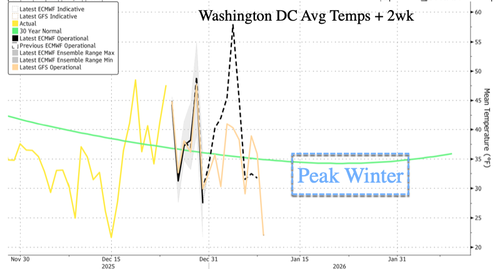

 Eli Feldstein says Prime Minister Netanyahu was part of a scheme to leak classified information to foreign media to bolster his standing
Eli Feldstein says Prime Minister Netanyahu was part of a scheme to leak classified information to foreign media to bolster his standing  Netanyahu recently hosted Sen. Lindsey Graham in Israel
Netanyahu recently hosted Sen. Lindsey Graham in Israel  Treasury Secretary Scott Bessent in the Oval Office of the White House on Nov. 21, 2025. AP Photo/Evan Vucci
Treasury Secretary Scott Bessent in the Oval Office of the White House on Nov. 21, 2025. AP Photo/Evan Vucci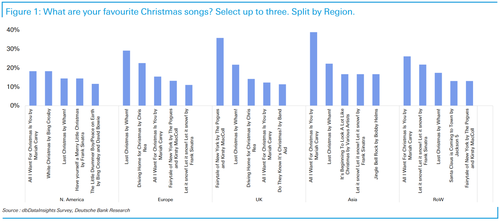

 Waste of the Day 12.23.25 Open the Books
Waste of the Day 12.23.25 Open the Books
 The 2019 Macy's Thanksgiving Day Parade featured a candy cane float. Public Domain
The 2019 Macy's Thanksgiving Day Parade featured a candy cane float. Public Domain Candy canes were first made by hand out of sugar syrup using the same hammering and rolling methods that are used in glasswork. Belbury/CC BY-SA 2.0
Candy canes were first made by hand out of sugar syrup using the same hammering and rolling methods that are used in glasswork. Belbury/CC BY-SA 2.0 Regardless of their varied origin stories, striped candy canes are now ubiquitous in the Christmas season. Anrie/CC BY-SA 2.0
Regardless of their varied origin stories, striped candy canes are now ubiquitous in the Christmas season. Anrie/CC BY-SA 2.0 Each candy cane at Doscher’s Candies is hooked by hand. Courtesy of Greg Clark
Each candy cane at Doscher’s Candies is hooked by hand. Courtesy of Greg Clark Jonathan Ross, chief executive officer of Groq
Jonathan Ross, chief executive officer of Groq 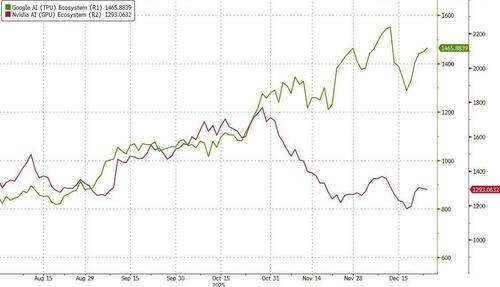
 Palestinian Orthodox Christians will observe Christmas on January 7 according to the pre-Gregorian calendar, while Catholics are celebrating on Dec. 25.
Palestinian Orthodox Christians will observe Christmas on January 7 according to the pre-Gregorian calendar, while Catholics are celebrating on Dec. 25.
















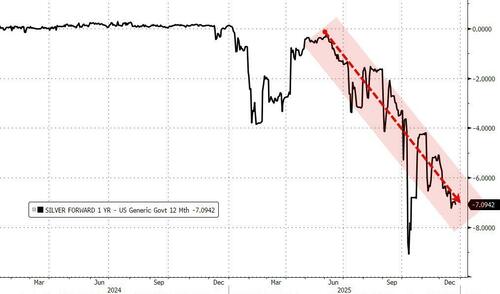
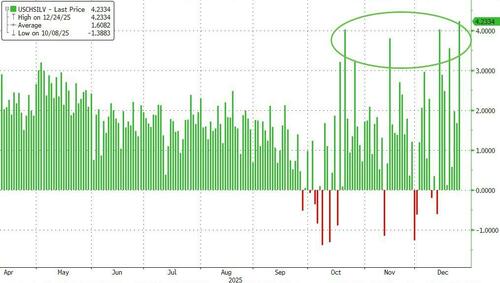

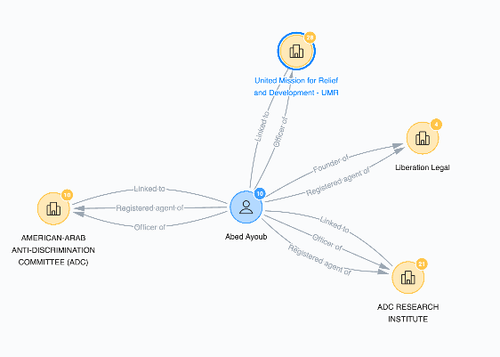


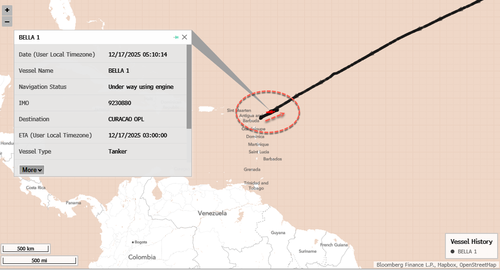
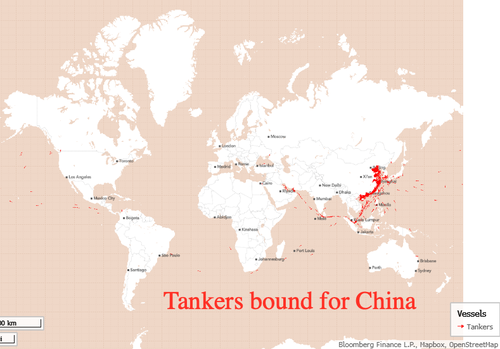
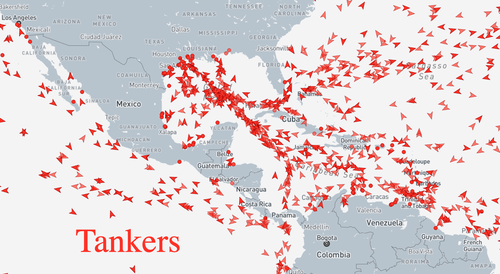






Recent comments